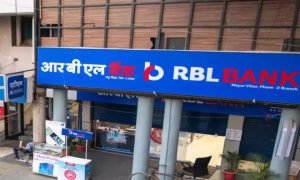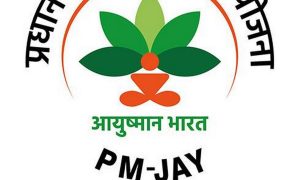When comparing fixed deposit (FD) options, it’s essential to evaluate features, interest rates, and potential returns. The SBI Green Deposit 1777-Day Special FD and Punjab National Bank’s (PNB) 5-Year FD are two prominent schemes worth considering for investors looking to grow their savings. This article explores these offerings, focusing on eligibility, interest rates, maturity amounts, and tax benefits.
Understanding SBI Green Deposit 1777-Day FD SBI’s Green Deposit scheme aims to promote sustainable investments. The 1777-day FD is part of a trio of special FDs offered by SBI, alongside the 1111-day and 2222-day options. This particular scheme is attractive for both individual and non-individual investors, including NRIs. The minimum investment for this FD is set at ₹1,000, with no upper limit, making it accessible to a wide range of investors.
Interest Rates on SBI Green Deposit
The interest rates for the SBI Green Deposit 1777-Day FD vary based on the category of the investor
- General Citizens: 6.65%
- Senior Citizens: 7.15%
- Bulk Investors (General): 6.40%
- Bulk Investors (Senior Citizens): 6.90%
These competitive rates are particularly beneficial for long-term investors, as they yield a higher return compared to many traditional savings options.
Maturity Amount for SBI Green DepositFor investors considering a ₹6 lakh investment, the estimated interest accrued over the 1777-day period for general citizens would amount to approximately ₹2,27,180.31, resulting in a total maturity amount of ₹8,27,180.31. Senior citizens, on the other hand, can expect an estimated interest of ₹2,47,213.20, leading to the same maturity total of ₹8,27,180.31.
Read More: Top 5 no annual fee credit cards to maximise your savings in 2024
If an investor opts for a ₹12 lakh investment, the returns increase significantly. General citizens could earn around ₹4,54,360.62 in interest, with a maturity value of ₹16,54,360.62. Senior citizens would see an even higher interest of ₹4,94,426.41, resulting in a total maturity of ₹16,94,426.41.
Exploring PNB’s 5-Year FDIn contrast, Punjab National Bank offers a traditional 5-year FD with a different structure. This FD provides an interest rate of 6.50% for general citizens and 7.00% for senior citizens. Unlike the SBI Green Deposit, PNB’s FD allows for a more flexible withdrawal option, enabling investors to withdraw monthly, quarterly, or yearly if desired.
Tax Benefits with PNB’s 5-Year FDA notable advantage of PNB’s 5-Year FD is the tax benefit it offers. Under Section 80C of the Income Tax Act, 1961, investors can claim deductions of up to ₹1.50 lakh in a financial year, making it a strategic choice for those looking to save on taxes while growing their investments.
Read More: Earn More Interest Than Banks With Post Office Saving Schemes Starting at Just ₹10
Maturity Amount for PNB’s 5-Year FDFor a ₹6 lakh investment in PNB’s 5-Year FD, general citizens would accumulate an estimated interest of ₹2,28,252, culminating in a maturity amount of ₹8,28,252. Senior citizens, in this case, would earn about ₹2,48,867, leading to a total of ₹8,48,867 upon maturity.
For those considering a ₹12 lakh investment, the expected interest for general citizens would be approximately ₹4,56,504, resulting in a maturity amount of ₹16,56,504. Senior citizens can expect slightly higher returns, with an estimated interest of ₹4,97,734 and a total maturity amount of ₹16,97,734.
Making an Informed DecisionBoth SBI’s Green Deposit 1777-Day FD and PNB’s 5-Year FD present solid investment opportunities, albeit with different features and potential returns. While SBI’s scheme offers a higher interest rate for both general and senior citizen investors, PNB’s FD provides greater flexibility and tax benefits.
When choosing between the two, investors should consider their financial goals, the importance of liquidity, and the potential tax implications. Each option has its advantages, making it crucial to align the choice with personal investment strategies.





































